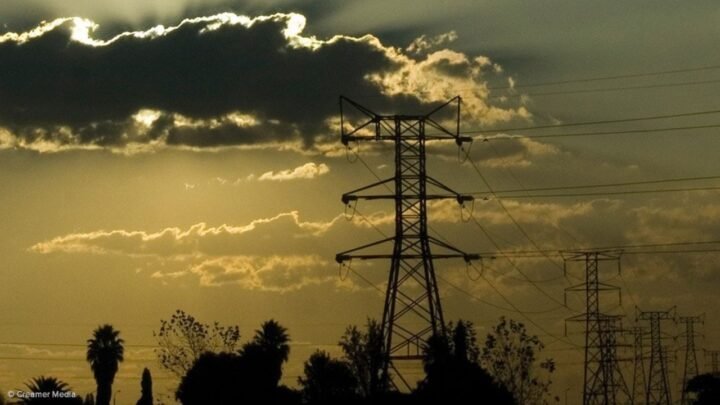SA Electricity Tariff Hike – South Africa is set to implement a significant electricity tariff increase on August 15, affecting households and businesses across the nation. This adjustment comes as part of the National Energy Regulator of South Africa’s (NERSA) approval to address rising operational and maintenance costs faced by Eskom. While the increase aims to stabilize the power supply and ensure ongoing infrastructure development, many citizens are concerned about its impact on daily expenses.


Gauteng Province Electricity Tariff Increase Details
In Gauteng, one of the most densely populated and industrially active provinces, the August 15 electricity tariff hike is expected to be among the most closely monitored. Due to the high demand for power in urban centers like Johannesburg and Pretoria, Gauteng’s rate adjustment reflects both the strain on infrastructure and the need for future capacity expansion. Officials have confirmed that residential users will see an average increase of between 14% and 16%, depending on consumption brackets. For businesses, particularly small and medium enterprises, the rise may present challenges in managing operational budgets.
Western Cape Province Electricity Tariff Increase Details
The Western Cape, known for its mix of urban centers like Cape Town and agricultural hubs, will also experience a notable electricity tariff increase starting August 15. According to provincial energy authorities, residential consumers can expect a rise of approximately 13% to 15%, while commercial users may face slightly higher adjustments due to energy-intensive operations. The province’s unique energy landscape, with its focus on tourism, wine production, and fishing, means that rising electricity costs could have a ripple effect on both local businesses and international markets. Authorities have emphasized that part of the increase will fund renewable energy initiatives and grid modernization projects aimed at reducing load-shedding incidents.
KwaZulu-Natal Province Electricity Tariff Increase Details
KwaZulu-Natal, with its mix of coastal cities and rural communities, faces a distinct set of challenges in light of the August 15 tariff increase. The province is expected to implement an average residential hike of around 14%, with higher rates for high-consumption households and commercial entities. Durban, a key economic hub with significant port activity, will likely see noticeable effects on logistics, cold storage, and manufacturing costs. Rural areas, meanwhile, may struggle more with affordability, given lower income levels and limited access to alternative energy solutions. Provincial authorities have announced targeted subsidies and payment assistance programs for vulnerable households. Additionally, campaigns are underway to encourage the adoption of efficient lighting, better insulation, and smart metering.
Eastern Cape Province Electricity Tariff Increase Details
In the Eastern Cape, where economic activity is spread between agriculture, automotive manufacturing, and rural settlements, the electricity tariff increase will average between 12% and 14% for residential users. Commercial and industrial consumers may see slightly higher percentages depending on their operational power needs. This adjustment is part of a nationwide effort to ensure that energy infrastructure remains sustainable, especially in regions where maintenance costs are high due to dispersed populations and challenging terrain. Authorities in the Eastern Cape have noted that some of the additional revenue will be invested in modernizing outdated power lines and supporting renewable energy projects in rural communities







